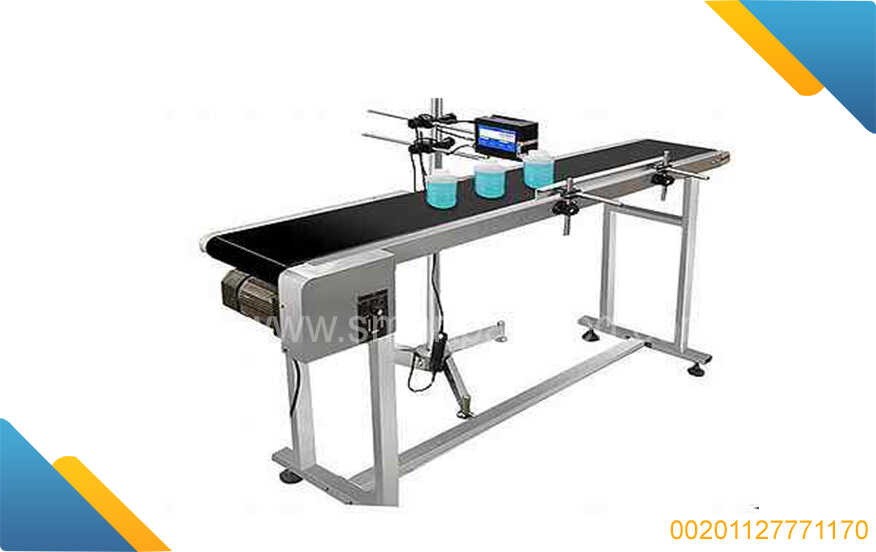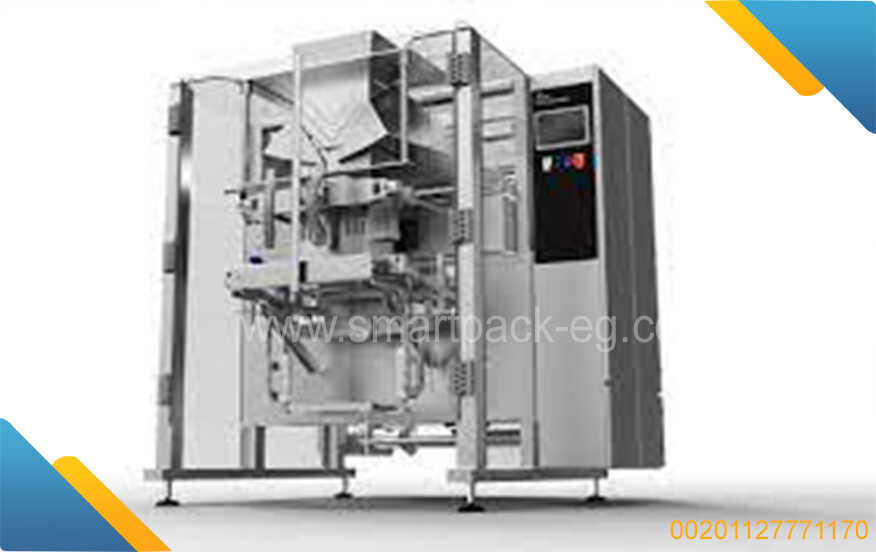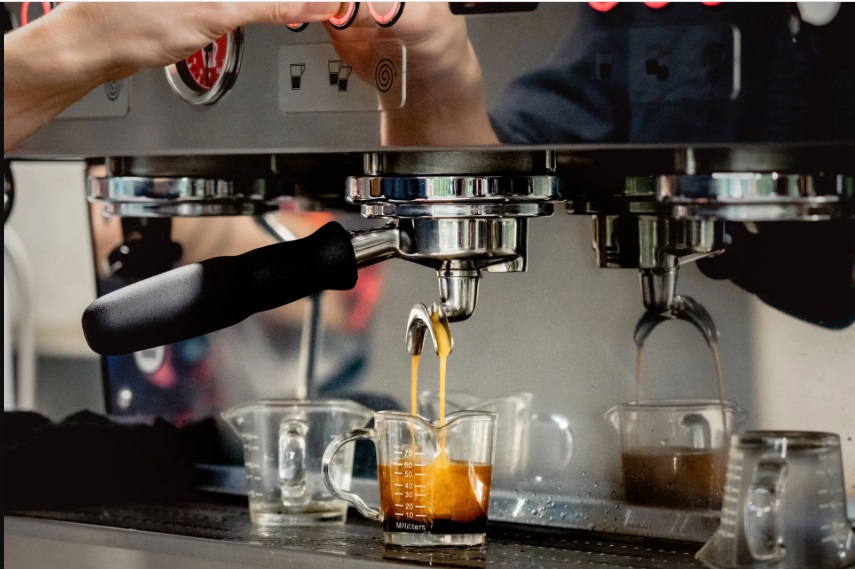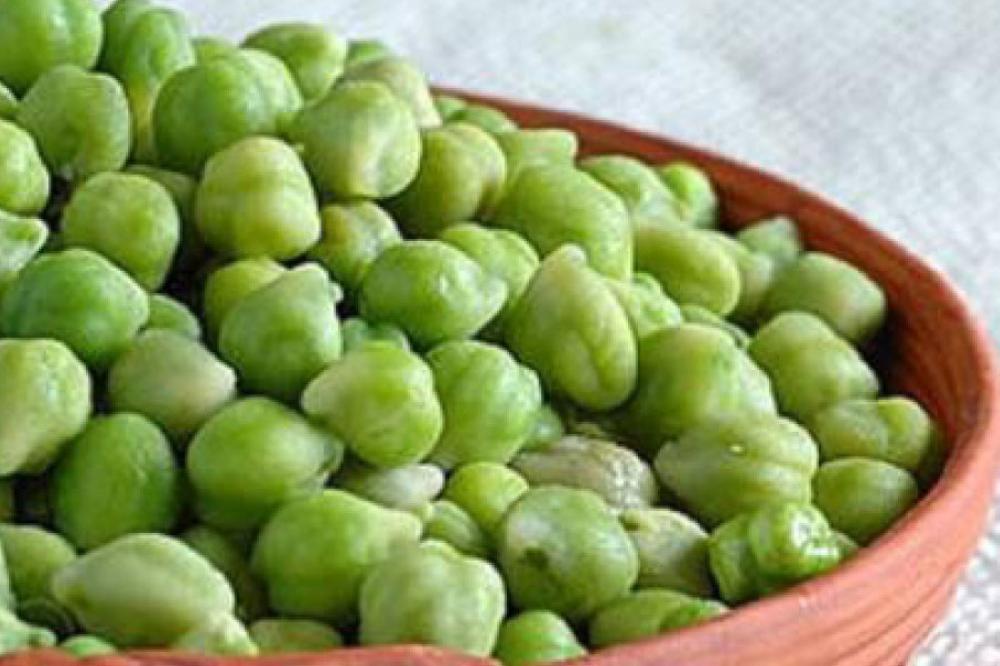How to Guide: Feed Factory, Packaging, and Production Line in Egypt
Introduction:
Running a feed factory in Egypt requires proper knowledge and a well-established production line. In this guide, we will walk you through the process of setting up and operating a feed factory, including packaging and the production line, to ensure the delivery of high-quality animal feed.
I. Setting Up a Feed Factory:
- Location: Choose a suitable location with easy access to transportation and raw materials like grains, proteins, and essential additives.
- Licenses and Regulations: Obtain the necessary permits and licenses from local authorities to comply with Egyptian laws and regulations regarding animal feed production.
- Raw Material Procurement: Establish partnerships with reliable suppliers to ensure a steady supply of quality raw materials.
II. Feed Production Line:
- Equipment Selection: Procure state-of-the-art equipment suited for different stages of the production process, including grinding, mixing, pelletizing, and drying.
- Quality Control: Implement a comprehensive quality control system to monitor raw materials, finished products, and production parameters such as temperature, moisture levels, and particle size distribution.
- Formulation: Develop well-balanced formulations tailored to the specific nutritional needs of different animal species.
- Mixing: Accurately measure and mix various ingredients according to the formulation using specialized equipment to achieve uniformity.
- Pelletizing: Process the mixed feed through pellet mills that shape the mixture into small pellets, improving digestibility and reducing wastage.
- Drying: Utilize drying equipment to remove excess moisture from the pellets, ensuring longer shelf life and preventing mold growth.
III. Packaging:
- Packaging Design: Create visually appealing packaging designs that showcase your brand and provide important information such as nutritional composition, batch numbers, and expiration dates.
- Packaging Materials: Select suitable packaging materials that maintain the freshness and quality of the feed while protecting it from external factors such as moisture and pests.
- Packaging Process: Implement an efficient packaging process, including the use of automated packaging machines, weighing scales, and conveyor systems for faster and accurate packaging.
- Labeling: Comply with local labeling requirements by including all mandatory information on the feed packages, such as brand name, manufacturer details, and nutritional facts.
IV. Quality Assurance and Storage:
- Quality Testing: Regularly test samples of finished feed products for their nutritional content, physical characteristics, and potential contaminants to ensure compliance with quality standards.
- Storage Facilities: Maintain clean and well-ventilated storage facilities with appropriate temperature and humidity control to preserve the feed's freshness and extend its shelf life.
- Inventory Management: Implement an inventory management system to track raw materials, finished products, and packaging materials, ensuring optimal stock levels and avoiding shortages or excesses.
Conclusion:
Operating a feed factory in Egypt necessitates careful planning, adherence to regulations, and the implementation of a robust production line. By following this comprehensive guide, you will be well-equipped to establish a successful feed factory, produce high-quality animal feed, and meet the nutritional requirements of diverse livestock in Egypt.

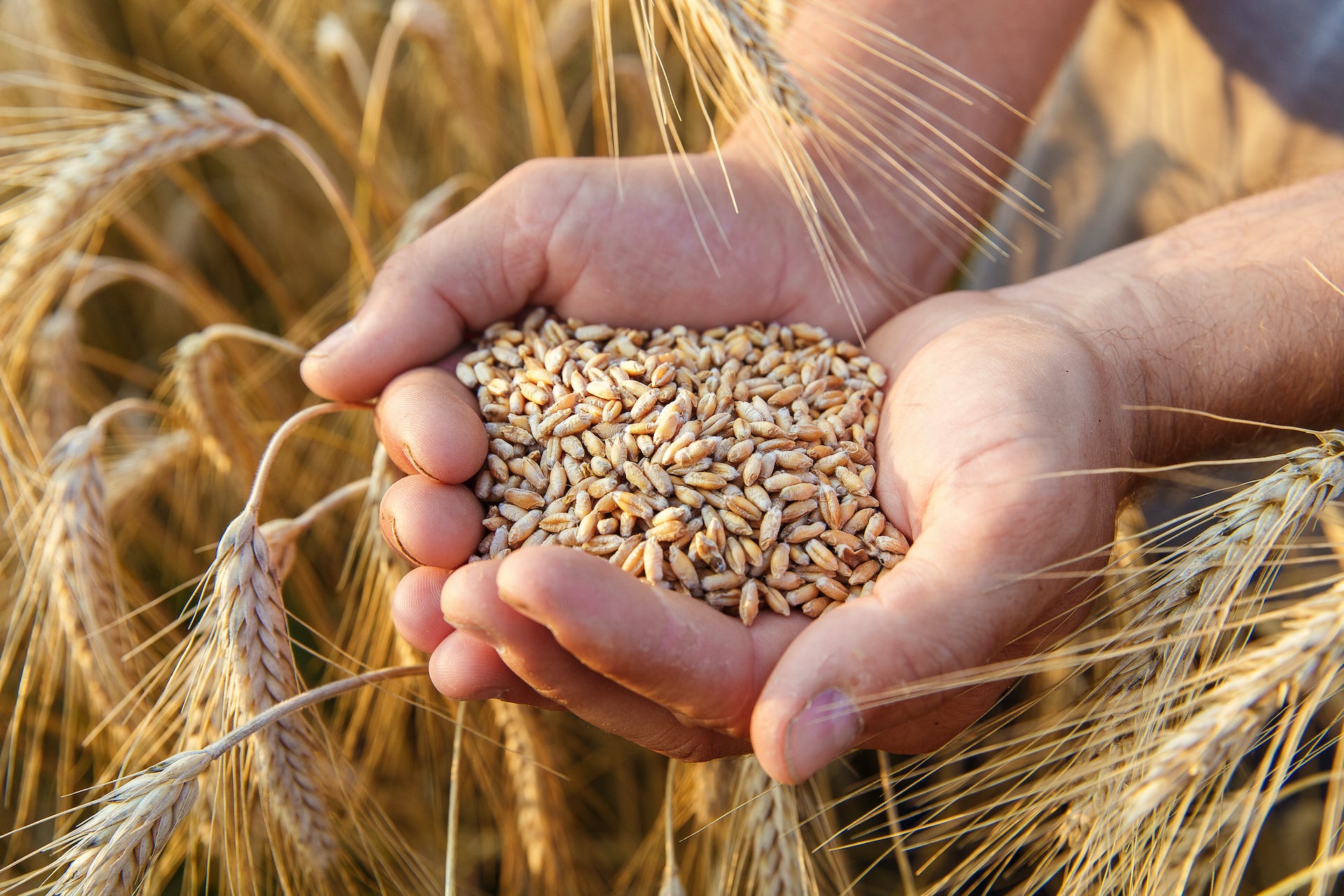

 Admin
Admin 